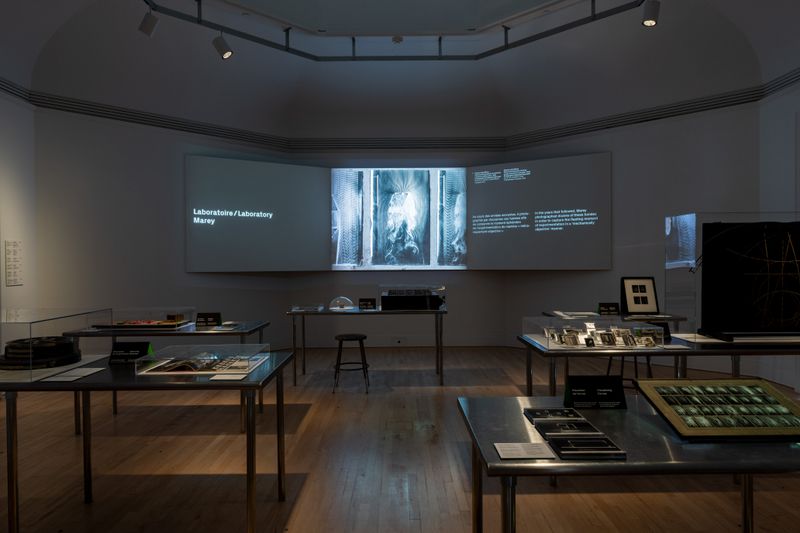Today, after many decades of questioning science’s capacity to provide answers to architecture’s social mandate, architects and designers are once again enchanted with the concept of the laboratory. Originally conceived as the physical space for the practice of alchemy and crystalized in its modern form during the Enlightenment, the laboratory has become an omnipresent term in architectural education, practice and theory. Architecture schools, corporate firms and governmental think tanks are once again saturated with “design labs,” all of which promise to provide objective and precise solutions to contemporary design challenges. In its ubiquity as metaphor, physical space, and visual aesthetic, the laboratory has become an unquestioned dogma. At a moment when science and the production of scientific knowledge are once again undergoing an attack, architecture’s reinvigorated faith in the infallibility of science paradoxically resembles the blind devotion of a religious cult.
Instead of reinforcing any preconceived hierarchies between these two fields, Lab Cult explores a more symmetrical narrative. Through an eclectic juxtaposition of case studies from science and architecture, this exhibition suggests a history of close-knit relationships and mutual exchanges. Architects are often accused of borrowing, transforming or even misappropriating scientific ideas, tools and working protocols in their attempt to systematize the intuitive aspects of the creative process. At the same time, though, scientists strongly rely on architectural concepts, representations and material means to stage and communicate sophisticated set-ups of rigorous investigation.
The exhibition is organized under six themes: “Designing Instruments, “Measuring Movement,” “Visualizing Forces,” “Testing Animals,” “Building Models,” and “Observing Behaviour.” Each of these themes is presented by pairing one historical case study from science with one from architecture. Ranging from the late 19th century to the early 1980s, these case studies identify the ways in which working concepts, methods and protocols have been exchanged across different time periods between scientists and architects of diverse disciplinary backgrounds, such as architecture, psychology, engineering, physiology, mathematics, industrial design, computer science and others.
Curator: Evangelos Kotsioris, 2016–2017 Emerging Curator
Graphic design: Louise Paradis, Montreal
Drawings: New Affiliates, New York













